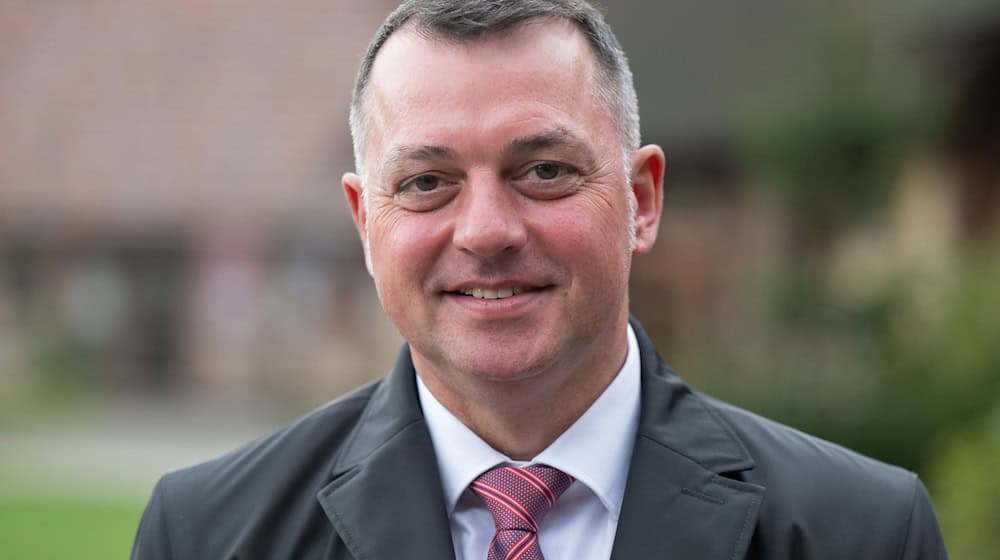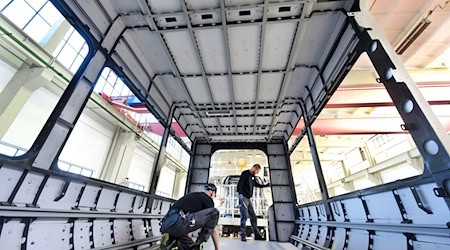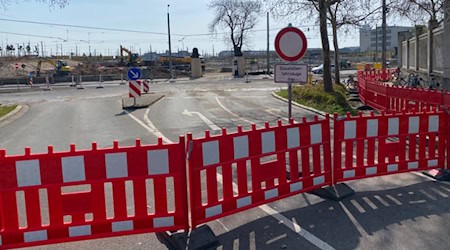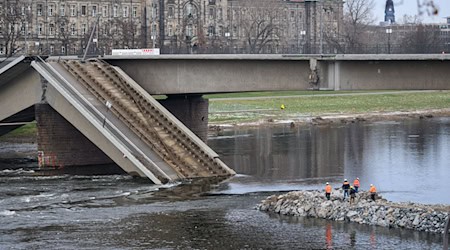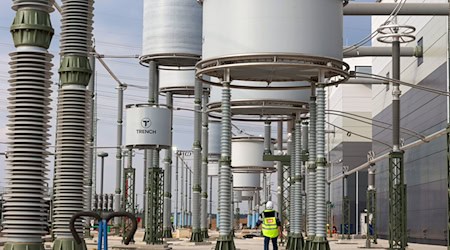The District Administrator of Bautzen, Udo Witschas (CDU), welcomes the commitment to the Federal Construction Research Center in the coalition agreement between the CDU/CSU and SPD in the federal government. "This is a strong signal for our region and a decisive step towards a sustainable and innovative future," said Witschas in a statement.
The new federal research center will conduct research into the resource-saving and climate-neutral construction of the future. Locations are planned in Bautzen and Weimar. The background to this is that Germany's construction industry is to become climate-neutral by 2045.
Coalition agreement brings planning security
The continuation of funding announced in the coalition agreement means important planning security for the participating states and municipalities, according to Witschas. "New building materials, environmentally friendly technologies and resource-saving processes will be researched at the main campus in Bautzen and at the other participating locations in future - practical, modern and with international appeal."
Green light from the federal government under the old government
In June 2024 - and therefore before the break-up of the coalition government and the new elections - the Bundestag's budget committee gave the green light for the project: A total of 68.5 million euros has been earmarked until 2028. However, due to the lack of a federal budget for 2025, the Thuringian Ministry of Science expressed doubts about the timetable in February.
Funds pledged from Saxony and Thuringia
Saxony has pledged investments of up to 450 million euros for the Saxon part of the facility. The money is to come from funds from the Coal Regions Investment Act. Thuringia has pledged a further 35 million euros, primarily for the infrastructure in Weimar.
The original concept for the research center came from TU Dresden. It was further developed in consultation with the Federal Ministry of Education and Research and the Federal Ministry of Construction. The core of the center is to be developed from existing research structures and focal points in Saxony and Thuringia. The development is expected to take ten years.
Copyright 2025, dpa (www.dpa.de). All rights reserved

